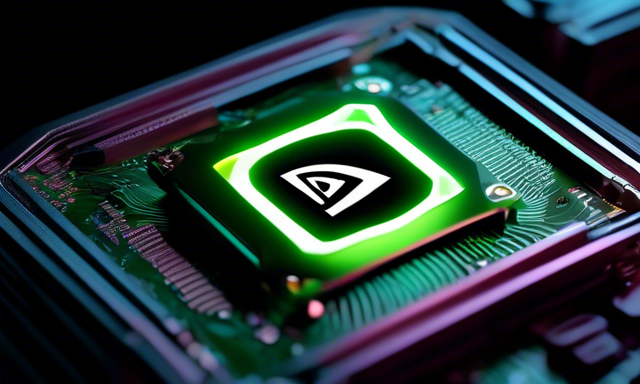Breaking Down Nvidia’s September Struggles 🚨
Nvidia (NASDAQ: NVDA) has encountered significant hurdles this month as the stock market grapples with instability amid pervasive economic concerns. The leading semiconductor manufacturer experienced one of its most challenging weeks recently, witnessing a decline exceeding 9% and facing difficulty holding its value above the $100 support level.
By the conclusion of trading on September 6, NVDA stood at $102, after declining over 4% that day. This drop signifies a notable decrease since June, when the company’s market capitalization peaked at $3.3 trillion, briefly securing its position as the world’s most valuable enterprise.
As the selling pressure continues, a stock market analyst has indicated that technical signals may indicate further downturn potential for Nvidia in the near future. A post shared on X by the analyst, CyclesFan, on September 8, highlighted that Nvidia has unsettledly closed below its 20-week moving average multiple times recently.
Key Indicators to Monitor for NVDA 📉
A closure below the 20-week moving average is often interpreted as a bearish indicator, hinting that additional declines may be in the cards. According to the analyst’s projections, the stock might revisit its lower Bollinger Band (BB) within the range of $84 to $102.
The lower Bollinger Band is anticipated to surpass its previous August low by the end of this month, suggesting that NVDA may not drop below this threshold, even if it approaches the lower band again. Should the stock break down to that level, it could enter what is termed as ‘oversold’ territory, which is frequently viewed as a potential opportunity for investors.
At the same time, analysis from The Kobeissi Letter has cast a shadow on Nvidia’s prospects, remarking that recent price fluctuations have made it seem akin to a penny stock. For example, Nvidia’s 30-day volatility reached its peak since 2022 after a striking 43% surge in the first three weeks of August, followed by a sharp decline of almost 20% the subsequent week. Since attaining its June high, the company has erased $650 billion in market capitalization and recorded six separate swings of 15% in the past three months.
Concerns among investors have risen, largely tied to the broader economic outlook, particularly following a mixed jobs report from the U.S. that has led to growing speculation about potential interest rate cuts from the Federal Reserve. Further complicating matters, news reports surfaced about U.S. regulatory bodies investigating Nvidia for possible anti-competitive practices, which has adversely influenced the stock’s performance.
Perspectives from Wall Street Analysts 📚
In another vein, analysis conducted by 43 Wall Street experts posits that Nvidia’s stock could experience a 47% uplift over the ensuing 12 months, potentially trading around $151. The analysts’ assessments indicate a high price target of $200, contrasted by a low target of $90.
In essence, while Nvidia’s growth has been largely fueled by the AI surge, this momentum may not suffice to incite a recovery in the immediate term. The company’s trajectory will significantly rely on general market sentiments in striving for a rebound, all while attempting to fend off further declines below the $100 threshold.
Hot Take on Nvidia’s Outlook 🔍
For you, the investor, understanding Nvidia’s current situation requires careful consideration of the broader economic landscape and company-specific developments. As Nvidia navigates its challenges, remaining informed about market indicators and expert insights will be vital.
Make sure to analyze how external factors intertwine with Nvidia’s potential for recovery, and keep an eye on the upcoming market trends as this year unfolds. Engaging with the ongoing discussions and analyses within the market can provide valuable context for your future decisions.
Sources used:
https://x.com/CyclesFan/status/1832796607625965717
https://x.com/KobeissiLetter/status/1832818040922054871
https://www.tipranks.com/stocks/nvda/forecast





 By
By
 By
By

 By
By
 By
By